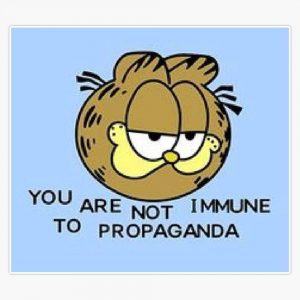What did I learn? That you’re actually supposed to like the courses you take in your degree.
Taking Indigenous Studies as your major, while a fantastic way to deconstruct the colonial world around you, does focus very much on the world around you. Conversations about Indigenous groups in other parts of the world as not nearly as prominent, and I think that was the main reason I took this class. I wanted to hear Indigenous in a context outside of the land now called Canada. Well. I’m glad I did.
I think that I learned so much about Latin American culture, especially in and around the treatment of Indigenous peoples, but also how to link together domestic conversations of Indigeneity and international conversations of Indigeneity. What is Indigeneity? The ultimate question. This course did leave me with a lot more questions than answers, but I think that’s what a good Arts course is meant to do. If I was leaving CHEM 101 with questions, I’d be pissed. But I’m not! So… Yahoo! Anyway, a course like this is meant to make you think, to discuss and I think the format of this class worked well for this reason too. I enjoyed squinting at the board to make out words that are indecipherable in the middle of those beautiful mind maps.
I learned so much about voice. More specifically, the possibilities that voice holds. It exists outside of the idea of orality, and out of individuality. Voice can last years, and it can reflect upon person and person, and it can represent in a way that we may not picture a tangible voice doing. Voice carries agency, and identity, and personality. How do we find a way to healthily and ethically create a voice-partnership like Burgos and Menchu, or Marcos and the community? I’m not saying those are healthy or ethical, I’m also not saying they aren’t…. No comment. Anyway.
I genuinely just really enjoyed this class. I learned how to be brave and talk in discussions, and that not all blog posts need to be formal. I kind of learned how to form my own voice and not use cuss words in blog posts too. Apropos. I also learned that I may have a knack for really stupid blog post titles, and I should look into that. I don’t know how many jobs there are in that department now that ChatGPT exists, but anyway. I’ve really enjoyed this course, and I’m really glad I took it. Congrats to those graduating 🙂 and I hope I see the rest of you around!
